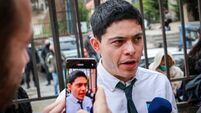Michael Moynihan: Changing times focusing minds

The significance of week-on-week action is beginning to tell in earnest, with Waterford, ironically, the clearest example of the dangers inherent in the new system, even though last Sunday was their first outing.














